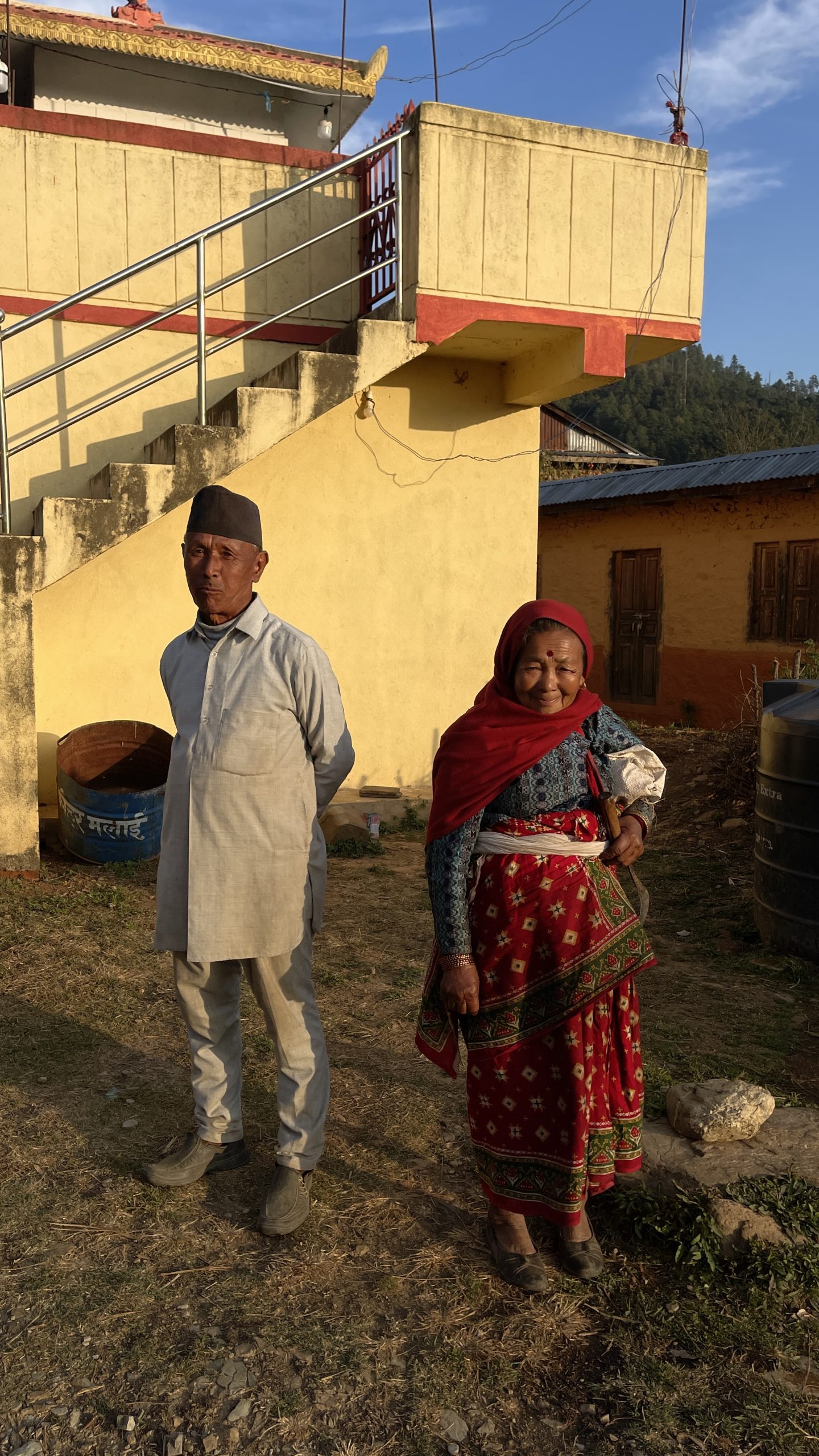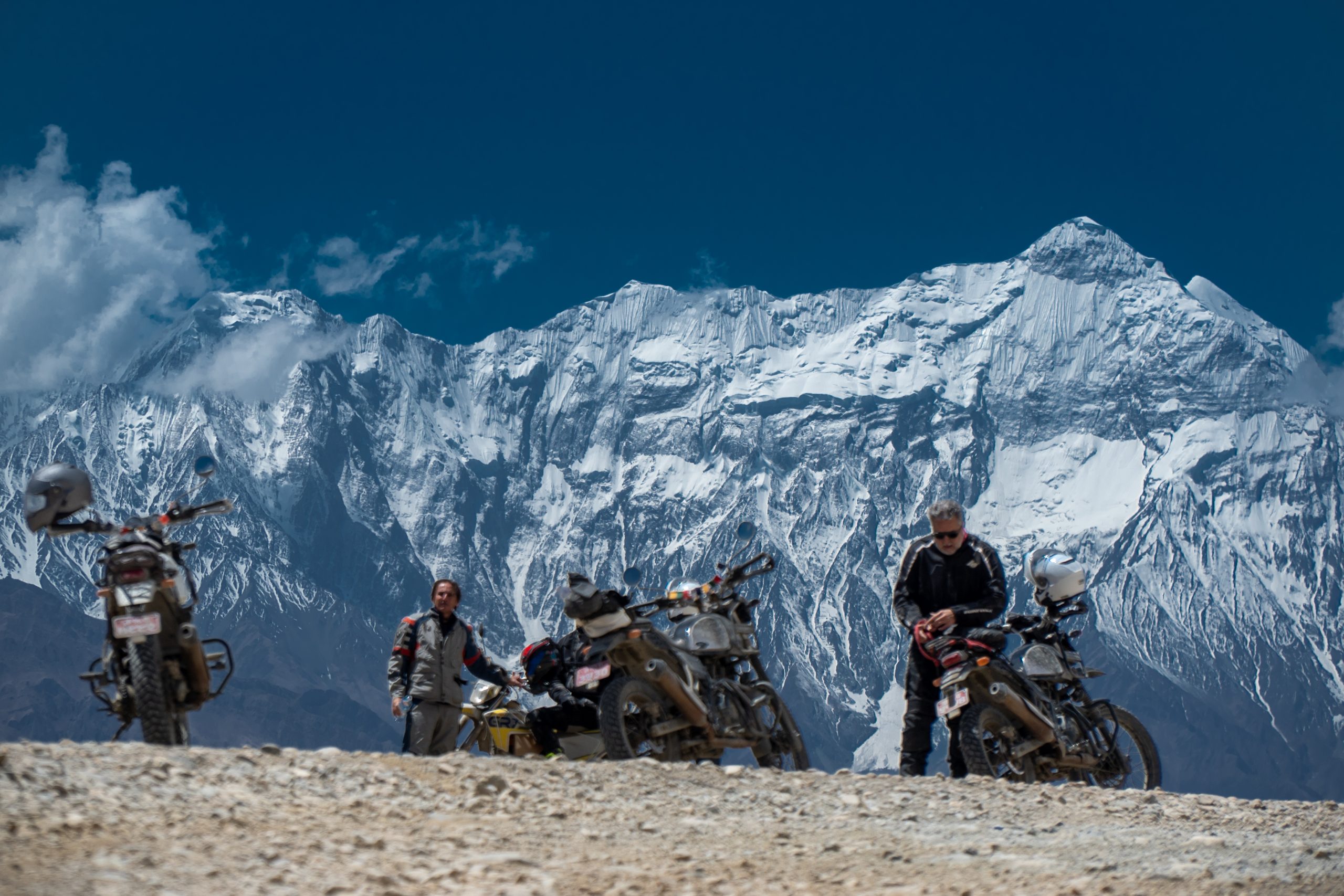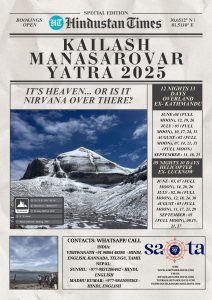Scope of Regenerative Tourism in Nepal
if we wish to give back at-least in part to Nature from where we have mindlessly taken, by means of ‘regeneration’, the only way to sustain our future generations on this planet.
Kapu …
A godforsaken village that’s turned a blind eye to its potentialities is located not very far from an unplanned chockfull urban sprawl – just 30 km south-westwards from Kathmandu.
The term ‘sustainable tourism’ crashes here because sustainability essentially lies in preserving and nurturing resources for long term survivability. But what if the resource has been ignored for so long that there is nobody to channel the potential in the right direction?
Sustainable talks are pointless in such overlooked places and the only way to enliven them is to regenerate them, which is exactly why we need to start talking about “Regenerative Tourism”.
What is sustainable tourism?
Tourism in a way instils feelings of gratitude, respect, admiration and appreciation for the invaluable assets of our world: stunning landscapes, wildlife, history, culture, and people.
Tourism is often a great catalyst for growth in the local economy, providing jobs, opportunities for enterprise and funds for conservation. On the flipside, tourism is also guilty of contributing to the negative impacts on communities and the environment: loss of housing, loss of access to land, overcrowding, pollution, destruction of ecosystems and damage to cultural heritage. Many of these impacts are intensified by the affects of climate change, where tourism has played no small part in fuelling.
The goal of ‘sustainable tourism’ is to increase the positive footprints and reduce the negative effects. Going beyond measures to damage-control the negatives, the term ‘regenerative tourism’ is used to describe tourism that restores and improves the environment, culture, and economy of a destination. Regenerative tourism endeavours to build a productive influence on local communities and leave the destination in a better state than it was found, without compromising on providing authentic travel experiences for visitors.
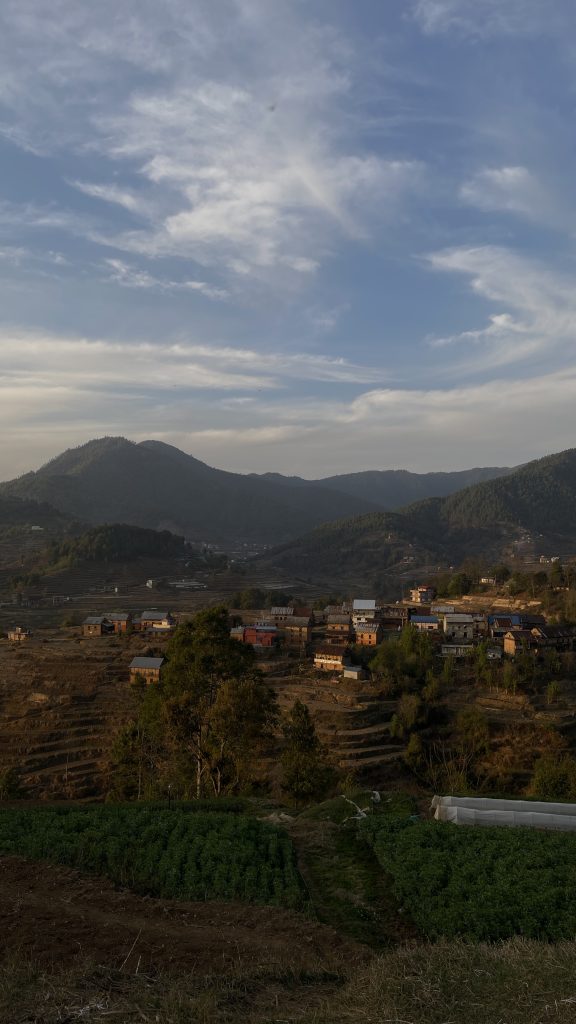
Lamentably, much of tourism today focuses on growth in numbers of arrivals, overnight stays, and visitors’ spending, the economic benefits of which get concentrated among the few at the top of the value chain. Alas, the real cost of tourism for the particular destinations is not accounted for and the local residents eventually lose out.
Sustainable Tourism is an amazing concept, no doubt. But what can we sustain in a Village where everything is left high and dry, and everyone’s turned their back on? Maybe it will remain as it is until the next generation stumble upon it, and decide to alter it or even destroy it for their personal gains; rest assured the authenticity of the place will be lost forever.
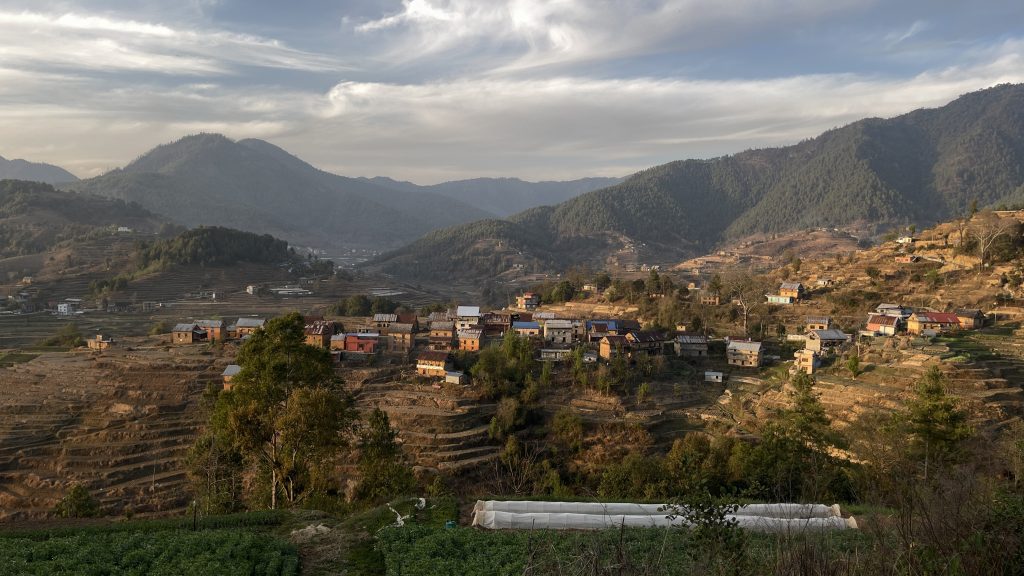
For now, let me draw up the details of my chance discovery of Kapu Village whilst on the lookout for some new routes around Kathmandu Valley on my motorcycle.
I wanted to go towards the southern part of the valley. Steering clear of the chaos of the city of Kathmandu, I took to a road which is often used by those who visit nearby Chitlang.
Chitlang, although a village bears a historical mark i.e. Emperor Ashoka arrived at Kathmandu through this village and commissioned the great Ashoka Stupa. Coming to a more recent history, it was on this route that the first automobile to Kathmandu was carried by 120 people.
I rode with my friend, to Chitlang where we stopped by for lunch, and my observations of the place left me quite disgruntled. The growing urbanization with concrete buildings spoilt the natural tenor of a pristine place such as this. However the older Nepalese houses around looked mesmeric.
As we got going on our journey, we were pleasantly taken aback as a detour road unwittingly led us onto reaching one of the most pleasing villages that I have ever been in my life – Kapu Gaon.
Chitlang has 5 sub-cities/villages among which the third city called Kolapur eclipses the small hamlet of Kapu Gaon – the glimpse of traditional houses constructed to a T on a hilly landscape, made my heart skip a beat!
Then a harsh reality poked my heart – the weary look of the abandoned houses. We enjoyed the moments of a blissful sunset and waited to check if anyone came to these houses. I could discern that the people of that village had chosen to shift themselves to cities casting aside their pretty village. This unmistaken realization nearly crushed my heart.
Having spent the night at my relative’s home in another beautiful village nearby called Dakshinkali, I went back to Kapu the next morning. Not being satisfied with the pics I had taken the previous day, was a reason good enough to return to the alluring Kapu.
This time I met less than 5 people in the entire village and upon inquiring, some of them said that their children would visit them on saturdays and on other holidays, whereas the other old people were sad that their children had indefinitely left them in search of a brighter future.
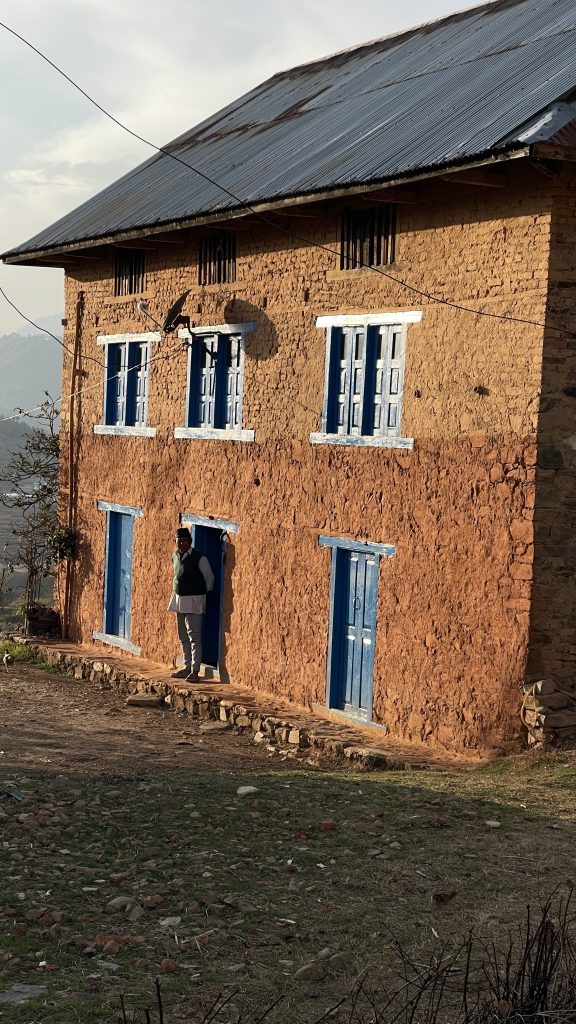
Trying to assess the problem; I scanned around the village and witnessed some ‘developments’. In Nepal a necessity is considered as a development; for example roads and electricity in today’s world are not truly developments, rather they are necessities. When such necessities come up, the real estate value hikes as a consequence of which people sell whatever they have to leave their native village in order to fulfil their dreams of an advanced lifestyle in an urbane setting.
Notwithstanding, here is where I beg to differ as I feel that in search of gold they sell their own diamonds to those who would just view the place as a slice of real estate, debating with profit/loss statements.
Post the earthquake of 2015, very few people have invested in restoring and repairing their ancestral homes. Most are inclined to thinking that it would be a futile exercise that won’t yield anything fruitful {value is not measured in yields from farming; only selling capacity of real-estate agents}.
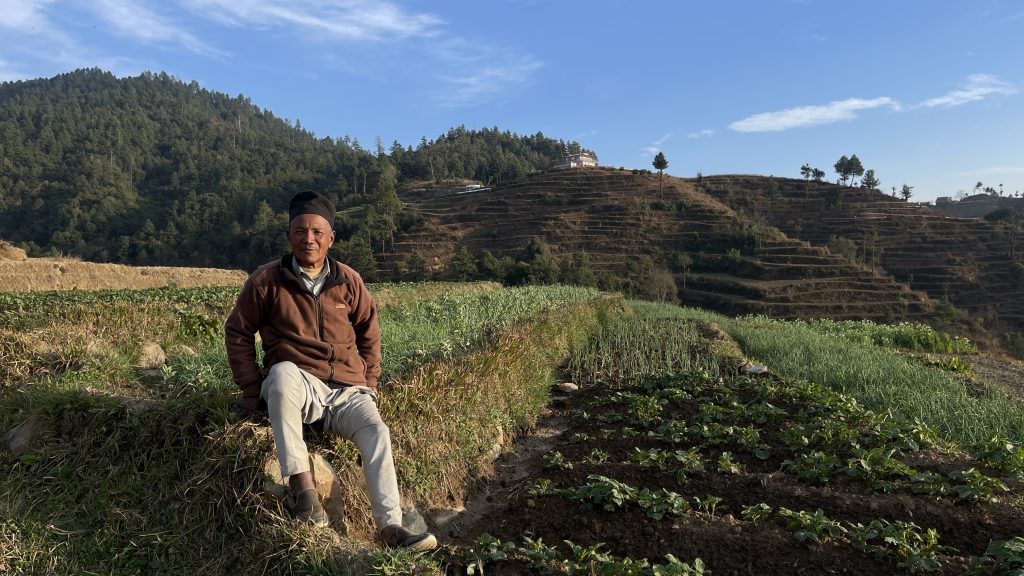
In case of Kapu specifically, heavy tourism infrastructure is not possible because none would go to invest a mammoth amount without any guarantee of profitable returns. To add to the woe, how can we expect to uplift a village through community tourism where there are hardly anyone left to serve?
A feasible solution which I can think of is
arranging a day’s hike to this place, so that we can at the most initially create some sort of an engagement – camping, village tours, community interaction with farmers and participation in the festivals, which can be done with the support of policy makers and the local government.
This is not the story of one village but the equivalent plight of so many other villages in Nepal.
Akin to community home-stay networks with respect to sustainable tourism practices, lots and lots of villages in Nepal require ‘regenerative’ tourism practices.
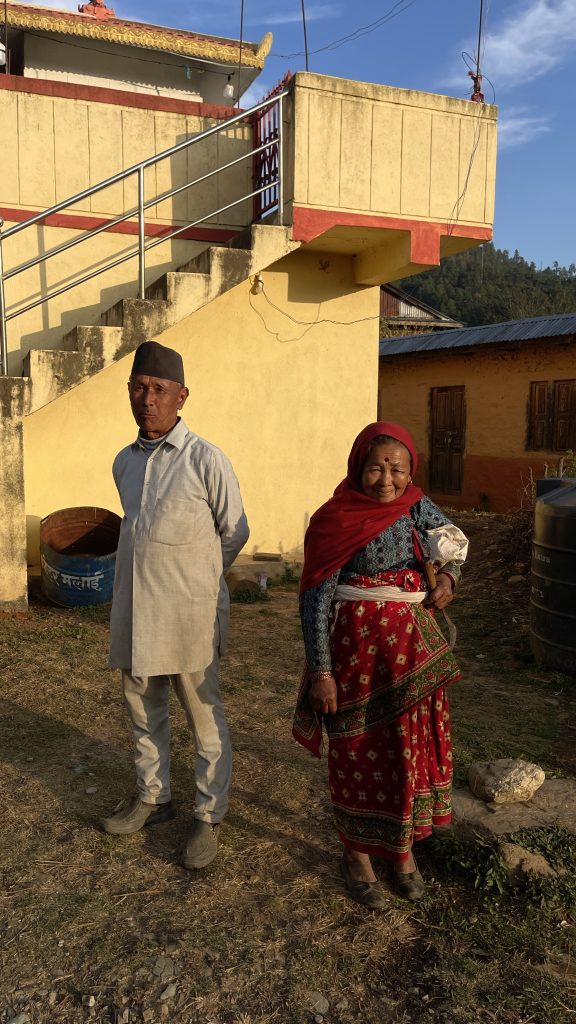
Within this context,
it’s worth mentioning about something that has sharply drawn the focus of the world lately: Italy’s demographic crisis deepened in 2024 as the number of births hit a new record low, emigration accelerated and the population continued to shrink, according to national statistics bureau ISTAT.
There are unoccupied houses in towns and villages because of a downward spiral in births and people not showing interest in reverse homecoming. San Severino di Centola is one of the roughly 6,000 ghosted hamlets dotted around Italy that have been left in the lurch due to natural disasters or migration. Countries like Japan, Albania, Belgium, east European nations and many more are similarly suffering from declining populations.
Conversely, Nepalese population is not decreasing. The glad tidings indicate well maintained numbers, inspite of being a small country in Asia.
The grave problem is that of a mis-managed population density, which can be corrected if we approach with regenerative tourism to ensure the eco-system is functioning. If people are shown the light of earning a fortune in their own land safeguarded with better education and health facilities, there is no need for them to uproot themselves and relocate to congested cities.
World is ever evolving; where we are talking about mars missions and transferring people from earth onto the next planet, which maybe the case in future. Presently, it makes more sense to remain hopeful and work towards helping humans move back to where they came from with promises of rewarding livelihoods, instead of blindly watching them alienating and trading their own resourceful eco-systems, in exchange for the few pockets of deteriorating citification.
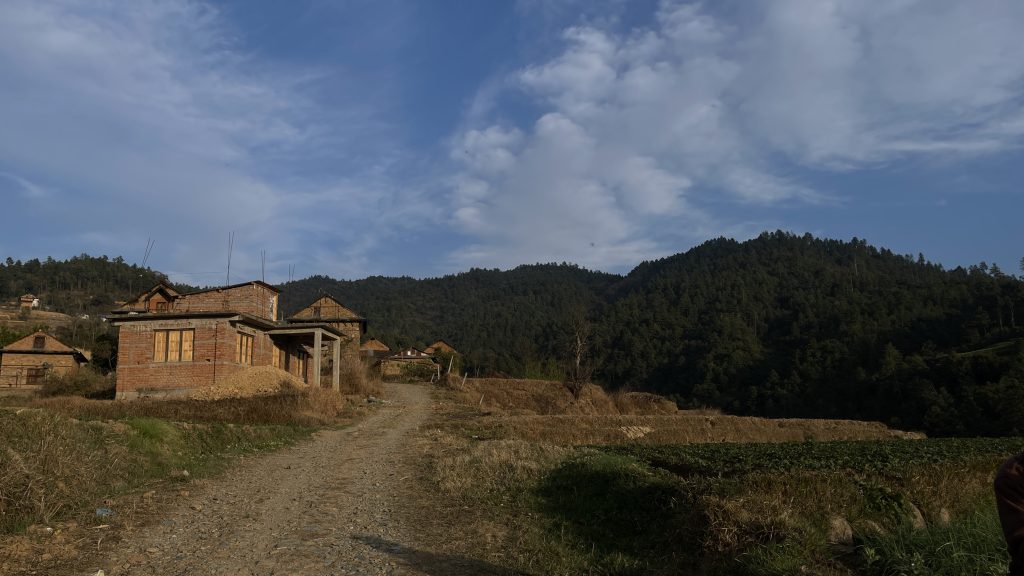
To likeminded individuals reading this blog with patience, all I say is that we need to connect and collectively act if we wish to give back at-least in part to Nature from where we have mindlessly taken, by means of ‘regeneration’, the only way to sustain our future generations on this planet.
Article by: Sunhil Sharma Phuyal
Chef Editor: Sandhyaa Venkatachalam Thirulamaswamy
Our Latest Posts
View All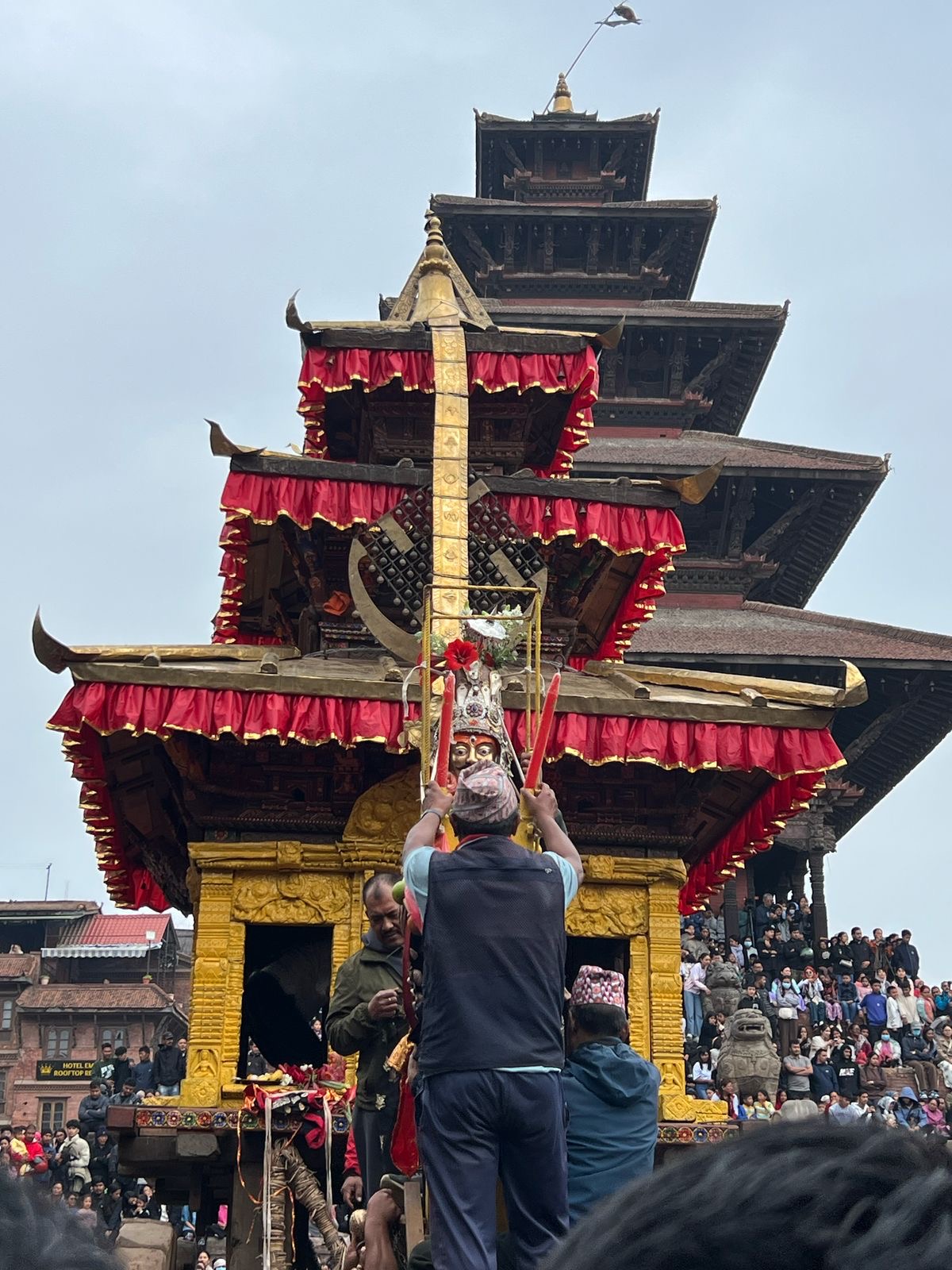
Festivals of Nepal
Festivals of Nepal may sound like a broad term — and rightly so. With over 125 distinct ethnic groups, Nepal celebrates an incredible diversity of […]
Read More












